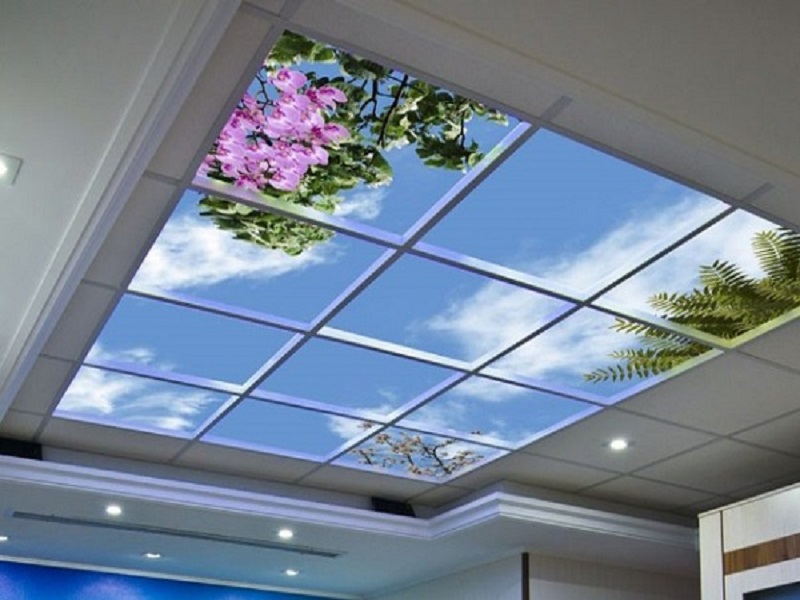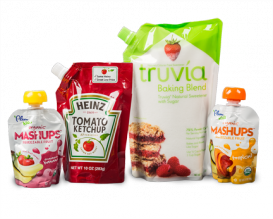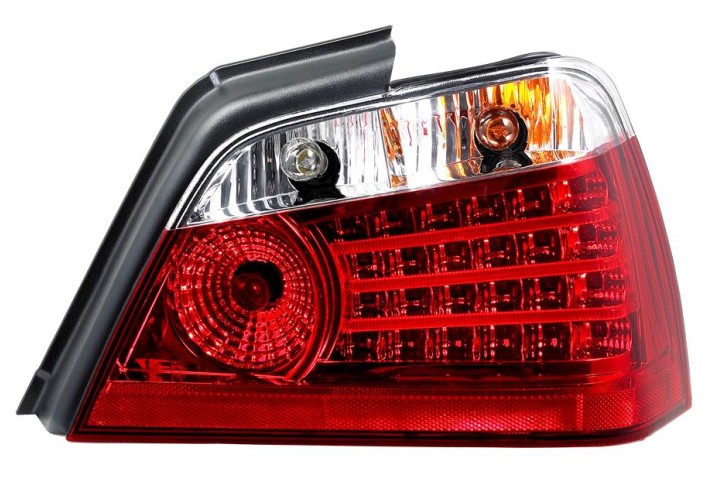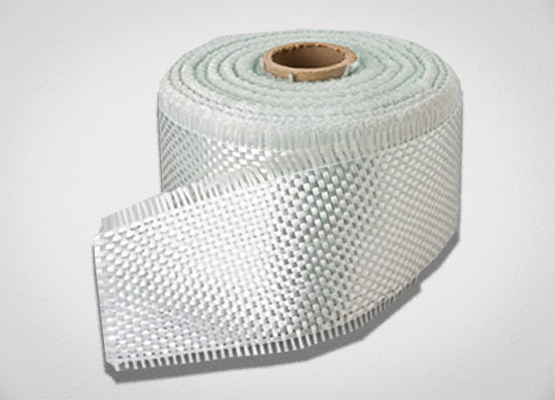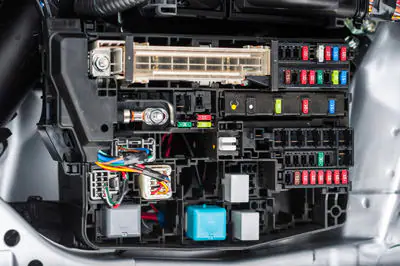Titanium dioxide was discovered in 1971 by a priest and mineralogist. William Gregor produced a white metal oxide by calcination black magnetic sands from Menachan, Cornwall, England. TiO2 occurs naturally mainly as anatase, rutile, and rarely as brookite. Usually, natural rutile crystals are impure, so the first investigation was limited to ceramic samples. But finally in 1950 a colorless single crystal, a large synthesized rutile crystal, was obtained using the Boule technique.
TiO2 is a non-toxic, biocompatible and inexpensive material with high dielectric constant and chemical stability. It is a semiconductor with a band gap of 3 to 2.3 eV associated with the light absorption edge of 387 nm. Depending on its chemical composition, it can provide varying amounts of electrical conductivity due to the presence of oxygen defects. As a UV light absorber, TiO2 is a white pigment that has been widely used in paints since 1920. TiO2 replaced the most important white pigment known as “whiting”. In addition to its high corrosion stability, low production cost and non-toxicity make it a good candidate as a food additive. Due to its electrical properties, TiO2 has been widely studied and used as a photocatalyst for environmental purposes and green synthesis. In this competition, it can be used as an additive in building surfaces due to air detoxification and self-cleaning. TiO2 in the form of nanoparticles has unique electrical properties and is also a good candidate for use in dye-sensitized solar cells, a photovoltaic technology that converts sunlight into electricity. In addition, taking into account all the mentioned characteristics, as well as outstanding mechanical and rheological behavior, today TiO2 is one of the most important components of cosmetic products such as sunscreen. Many efforts have been made to synthesize TiO2 by different methods to adjust its physical and chemical properties and expand its use. In the following, the most important properties of TiO2 and a wide range of applications of this material are briefly mentioned.
TiO2 exists in at least 11 crystalline forms, as shown in the figure below. The structural features of this material are summarized in the corresponding table. The 11 crystalline forms are rutile, anatase, brookite, TiO2(B), pseudohollandite TiO2(H), pseudoramsdellite TiO2(R), pseudocolumbite TiO2(II), pseudobaddelite, TiO2(OI), pseudocottonite TiO2(OII) and pseudofluorite cubic phases. In addition, one type of non-crystalline TiO2 with low density and two types with high density have been reported. The first six species (shown in orange in the figure below) are stable at atmospheric or low pressure and have densities between 3.5 for TiO2(H) and 4.2 g/cm3 for rutile. The last five species are high-pressure phases (shown in green in the figure below) and have a higher density, such that it is 4.3 for TiO2 (II) and 5.8 g/cm3 for the cubic phase.

The six stable species of TiO2 at atmospheric pressure include octahedra Ti-O, which share corners, edges, and faces differently. On the other hand, the high pressure modes are octahedral prisms, strengthened or cubic prisms, which are the result of changes due to increased pressure. Four states namely rutile, brookite, anatase and TiO2(B) are found in nature. High pressure modes are usually obtained in the laboratory under controlled pressure. Anatase and TiO2(B) contain chains of octagons with shared edges in a single orientation, while this occurs in two directions for rutile, brookite, and TiO2(H). In addition, the number of shared edges is approximately possible to predict the energy sequence of the structure. The Ti-Ti distance (and energy structure) decreases with increasing number of shared edges. For example, the stability of three widely used types of TiO2 is rutile, brookite, and anatase, where the number of common edges in each octahedron is 2, 3, and 4, respectively. Similar results have been obtained by calculating the lattice energy for all 6 species, which are stable at atmospheric pressure and their stability is as follows:
Rutile>Brookite>Anatase>TiO2(B)>TiO2(R)>TiO2(H)
In more detail, four of the eight neighbors of each octahedron in anatasehave shared edges, while the rest possess shared corners. In rutile, the octahedral structure has two ridges and eight edges in common. Corner sharing is along the [1 1 0] direction and they are arranged at 90 degrees with their longitudinal axis alternation. The length of Ti-O bond is 1.937 and 1.966 angstroms for anatase, and is 1.946 and 1.983 angstroms for rutile in equatorial and axial directions, respectively. In brockite, both edges and corners are connected.

Structure and defects
Defects in TiO2 play an important role in almost all applications, as they often determine or influence its physicochemical properties. For example, defects are responsible for the resistive switching properties of TiO2. It greatly affects the mechanical properties and induces changes that indicate surface interactions in catalytic applications. It also induces electronic changes and provides tuning of optical properties. Based on the dimension (D) of the defective structure, point defects (0D), line defects (1D), surface defects (2D) and mass defects (3D) can be distinguished. Figure 2 shows the size scale of the four classes of defects.

Morphology of TiO2
The purpose of this section is to present the main morphologies of synthesized TiO2. Different morphologies offer different surface-to-volume ratios and different orientations, which result in a wide variety of physical and chemical properties for different applications. The morphology of TiO2 nanoparticles with a size between 1 and 100 nm can be classified into three groups: spherical, elongated and flat. Between spherical nanoparticles, nanospheres, nanogranules, nanoplatelets and nanopores have been reported. Elongated nanoparticles include nanorods, nanotubes, nanowires, nanofibers, nanoneedles, nanopetals, nanowhiskers, nanotrees, and nanostrings. Flat nanoparticles are nanoplates, nanosheets, nanofilms and nanocoatings. Most of the time, morphology deals with the field of application of TiO2. For example, spherical nanomaterials are preferred in electronics, photodynamic therapy, sensors, probes, catalysts, and antimicrobial applications. Elongated nanomaterials are often used for display technologies, microelectromechanical systems, optical sensors, biological sensing, imaging, and drug release. Finally, flat TiO2 nanomaterials are used for packaging purposes, coatings, surgical procedures for wound dressings, tissue engineering, and as cell scaffolds. The following images display the main morphology of amorphous, anatase, brookite and rutile species, respectively.



Mechanical properties
The elastic properties of materials are expressed by their bulk modulus. Diamond anvil cell and high-pressure synchrotron XRD techniques were widely used to estimate the bulk modulus of TiO2. The table below summarizes the bulk modulus and several properties of TiO2 nanostructured materials. Morphology, crystal structure, particle size and pressure environment and other characteristics of TiO2 greatly affect its bulk modulus. The results in the figure below show that the bulk modulus of TiO2 shows a non-uniform trend with particle size. Maximum bulk modulus values (about 250 GPa) are evident for a particle with a size of 15 nm.



Rheological properties
The term nanofluid refers to suspensions of colloidal nanoparticles in various solvents. Nanofluids are used in fields such as advanced heat transfer, solar collectors, microfluidics and drug release. Addition of TiO2 nanoparticles to liquid paraffin reduces wear for tribological applications. The size of nanoparticles significantly affects the lubrication properties of TiO2. Viscosity is probably the most important property of nanofluids, affecting not only the mechanical properties but also the convective heat transfer coefficient, implying significant changes in terms of pumping power costs. To investigate the viscosity of nanofluids, both theoretical and experimental approaches have been performed. The results show that nanofluids have higher viscosity values than predicted by the Einstein model, which is due to the aggregation of nanoparticles. In particular, it was found that not only the increase in viscosity of nanofluids compared to base fluids does not follow the functional heat transfer, but it is also worse than the performance of base fluids. Adjusting the pH values can reduce the increase in the viscosity values. Other parameters affecting viscosity are temperature, degree of aggregation, volume fraction and aggregation of nanoparticles. For example, the absolute viscosity of aqueous TiO2 nanofluids decreases with increasing temperature, while the ratio between the viscosity of nanofluids and water does not depend on temperature. Khadkar et al showed that the viscosity of TiO2 suspensions in ethylene glycol nanofluids increases linearly with the concentration of nanoparticles. In summary, it is generally believed that low viscosity is preferable for nanoparticle suspensions in practical applications considering pumping power and pressure drop. The properties of TiO2 allow the use of radiation or an external electric field to adjust the viscosity of nanofluids. An external electric field creates a mass of nanoparticles parallel to the direction of the field, as a result, the viscosity of the nanofluid increases. The effect of UV radiation on viscosity in water (conductor) and silicone oil (insulator) recently studied by Smith et al. The results showed that the viscosity increased about 2.5% and 12.3% in water and silicone oil by UV irradiation (during 30 seconds), respectively. Particle accumulation and electron accumulation have been identified as possible key parameters controlling the phenomenon. The observed increase in viscosity is irreversible up to a certain critical time (unless the nanofluid is modified by ultrasound). After that further increase in viscosity is reversible. The observed photorheological phenomenon is explained with reference to aggregation effects and changes in hydrophilicity caused by UV radiation.



